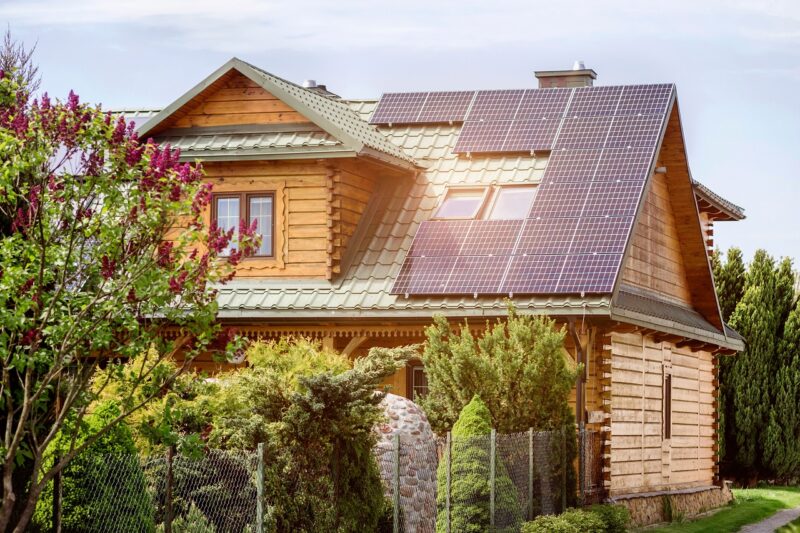Published: 08/01/25 By: Mike Bekin
In an increasingly eco-conscious world, the phrase ‘green building’ is frequently tossed around. But what does this actually mean, and how do you know if a construction is truly eco-conscious? To learn more, we are taking a look at the key elements of green building, as well as some clear signs of greenwashing to look for in the industry.
Start With the Building Materials
Every green building should be made of sustainable materials. These should be energy and resource-efficient, come with a low (or negative) carbon footprint and have as little impact on the environment as possible. One of the most common materials seen in green construction is timber, but it is vital that this is either responsibly sourced or reclaimed to avoid greenwashing.
Take a peek at our sustainable timber products to learn more.
Explore Energy Efficiency
The push for greener buildings involves energy efficiency and energy conservation. A great benchmark to test green buildings against is the Passivhaus Standard, a German organisation which promotes more sustainable building practices. Alongside using eco-friendly timber, their standards include using renewable energy sources (e.g. solar panels) and ensuring high-quality insulation which actively lowers the need for heating and cooling.
If you are interested in the Passivhaus movement, check out Primrose Park in Plymouth and the Bicester Eco Business Centre.
Water Efficiency
The PassivHaus standard also includes elements of water efficiency. They outline, for example, that the building should have an eco-friendly mechanism to heat water, such as solar heating or a heat pump. They should also work to reduce water usage through the installation of efficient appliances, for example shower heads which use less water and toilets which use recycled water to flush.
Indoor Air Quality
Indoor air quality is an eco-friendly consideration which is frequently forgotten in construction. However, this is crucial for creating sustainable buildings which are good for our health as well as the planet. Architects and designers should make an effort to improve indoor air quality, such as by using non-toxic paints, ensuring good ventilation and adding greenery to the building, for instance a roof garden.
Keeping Toxins to a Minimum
If a team champions sustainability and then covers their building in toxic materials, we would class this as greenwashing. Eco-friendly properties should have reduced levels of harmful chemicals within them – and outside them, too. Spray foam insulation which is made from petrochemicals, for example, would help a building meet Passivhaus standards but still is not a sustainable option.
Look out for buildings which champion eco-friendly, non-toxic building materials throughout the property and make an effort to reduce harmful chemicals.
Reducing Waste
Reducing waste throughout construction is the mark of a truly green building company. From sourcing supplies which come with less (or no) plastic packaging to utilising recycled materials where possible, going above and beyond to minimise what is sent to the landfill is a good sign. Green buildings may also encourage their occupants to reduce waste by setting up clear recycling areas which are easy to access.
Kickstart a Green Building Project
Reading this guide because you want to create a green building? We can help. At EcoChoice, we have a wide range of sustainably sourced or reclaimed timber ready and suitable for use in a wide range of projects, from cladding to beams.
Learn more or start an order by getting in touch with us today.
Tags: construction, energy efficiency, green building
Categories: Insights
